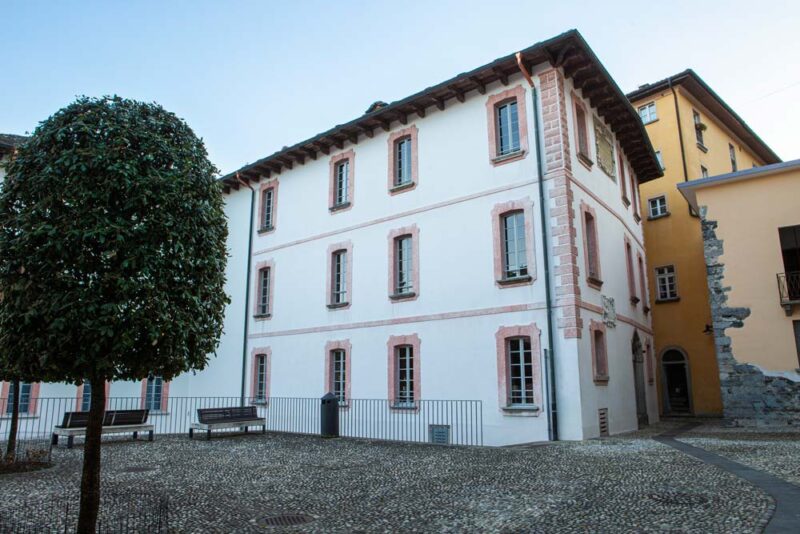The name of Cristiana Perlini is now inextricably linked to the Museum dedicated to Ruggero Leoncavallo, of which she was curator for eight years, who will now have to find a new guide. Yes, because Cristiana, now 63, left her post at the end of the year since 2016, and also left the secretariat of the Culture and Tourism Commission, now renamed the Events Commission. The latter’s work was carried out in parallel with his commitment to the Museum. Museum that from year to year has become more and more important from the cultural and tourist profile and that now will be one of the elements of attraction of Casa Branca Baccalà brought back to new life.
“I confessed that at the beginning – says Cristiana Perlini – I wondered if the Museum would have the interest we expected, and I wondered above all what I could tell visitors to stimulate their curiosity, preventing them from leaving without having had an enriching experience. So I documented myself and read Daniele Rubboli’s book, ‘Ridi Pagliaccio’, which is in the Museum. Thanks to that essay and the valuable information and advice of Riccardo Beretta, Giovanni Pantellini, Gustavo Lang and Maestro Graziano Mandozzi, I was able to enter into Leoncavallo’s life’.
This is how a story was born that Cristiana Perlini told for years to the visitors of the Museum: ‘If I tell you the story behind each small photograph, or an object, an anecdote, perhaps, something funny that happened, why and when, everything becomes much more interesting and a relationship of empathy is created between those who accompany visitors and the visitors themselves, fuelling their curiosity. And I have to say that I really enjoyed these years, it was a great time in my life and a great experience.”
Now, Cristiana continues, I bet you'll want to know more about the story... “Then, the story starts with a few hints about Casa Branca Baccalà. Then, I could not but name the woman thanks to whom our Museum exists, Baroness Hildegarde Freifrau von Münchhausen, who bought part of the Leoncavallo fund from Mandozzi: ‘I really hope that this museum will help to revive Leoncavallo’s work from oblivion and give it new life,’ said the Baroness. Then I tell the story of the composer, his period in Brixen, I talk about his villa, the memorabilia ... because it must be known that most of the objects we keep at the Museum come from the villa, including the paintings, which were initially transferred to the Grand Hotel in Locarno and purchased by private individuals, but gradually returned to the Museum, almost attracted by an invisible magnet - the last few years ago - through donations. In short, the story I told the visitors is made up of historical hints and anecdotes, such as the story of the armchairs that were even donated to us by a lady from Basel. He had them in his house but did not know that they belonged to Leoncavallo. Then, visiting an exhibition about the composer, he saw them on a photo and contacted us, and we went to Basel to get them. Similar is the story of the dishes, which were donated to us by a lady whose great-grandmother, I believe, worked as the housekeeper of Leoncavallo and he gave them to her when he sold the villa.’
Thus, thanks to Cristiana Perlini’s efforts to disseminate information, the Museum has attracted increasing interest: “Year after year, we managed to attract many people, including from Ticino and not just tourists, because we initially promoted it mainly in hotels through the Tourist Board. Then we were able to involve the schools and the children did some work in the classroom after the visit. I hope that this positive experience can continue, now that the museum will reopen at the end of the renovation of Casa Branca Baccalà. And I hope that we will be able, also through the Museum, to keep alive the memory of an illustrious person who lived in our country.’
